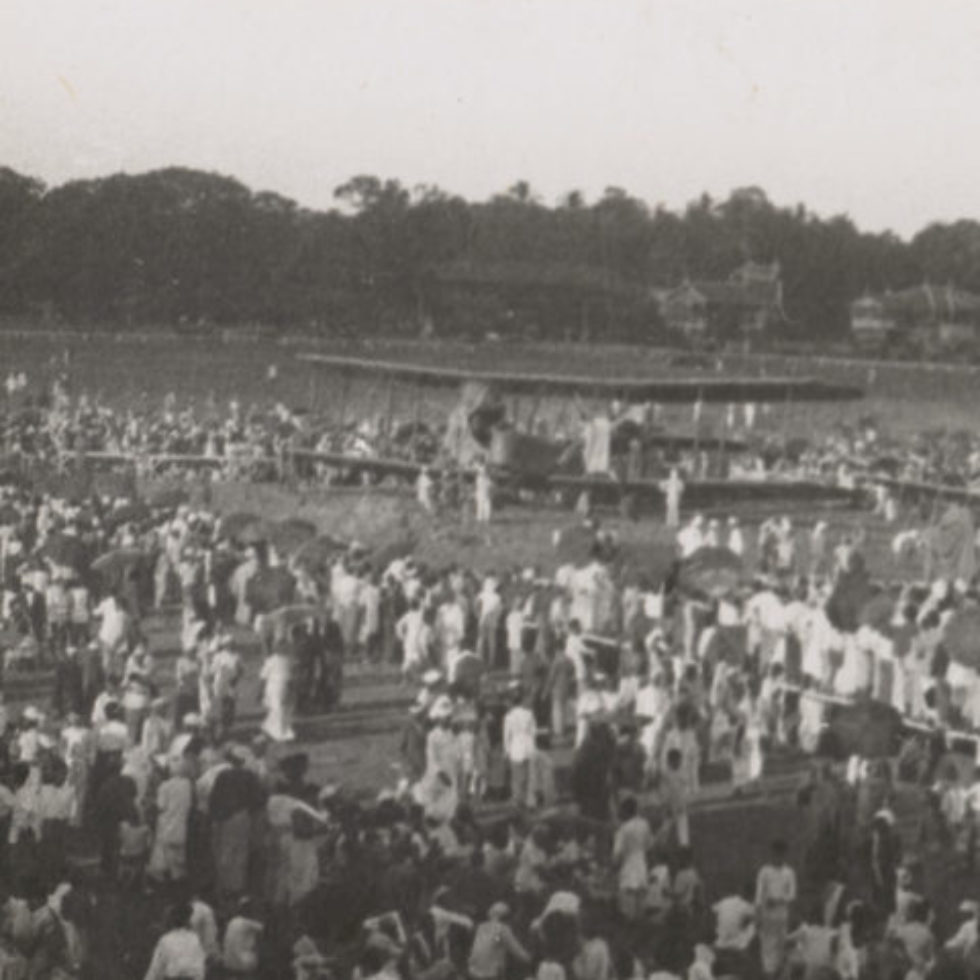
Australian Prime Minister Billy Hughes was flying between England and France for the Paris Peace Conference when he came up with the idea of a Great Air Race across the world to Australia. Soaring high above the English Channel, Hughes quickly realised the potential of aviation to unite the Empire and inspire his young nation after a devastating war. So he offered a £10,000 prize for the first Aussie airmen to fly from London to Darwin in a British-built plane. The catch? They had to land on home soil within 30 days.
The critics called the race a “circus” that would surely end in death. Certainly, the journey was not without risk. Despite technological advances during the war, aircraft of the time were rudimentary, fashioned from wood, wire and fabric with open cockpits and only basic navigation. Along parts of the route, crews would be forced to land on short racetracks and hastily cleared jungle.
Yet as you’ll learn below, six Australian crews took up the challenge. And four were led by South Australian men who’d proven their skill and daring on the ground and in the air in WWI. Two crews perished and two others crashed out. Charismatic French pilot Etienne Poulet also took off from Paris, determined to be the first to Australia.
Only one aircraft reached the destination in the required 30 days – the Vickers Vimy, flown by South Australia’s Ross and Keith Smith.
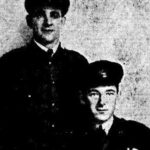 Adelaide’s George Matthews, front, and his mechanic Thomas Kay were the first Australian crew to depart Hounslow Aerodrome, but over the following months they suffered a series of disasters in their Sopwith Wallaby. After being snowbound for weeks in Germany, they eventually made it further south only to be imprisoned as suspected spies for four days on a pig farm in Yugoslavia (escaping only after their guards were sleeping off a big night of drinking). They were finally forced out of the race when they crashed in Bali.
Adelaide’s George Matthews, front, and his mechanic Thomas Kay were the first Australian crew to depart Hounslow Aerodrome, but over the following months they suffered a series of disasters in their Sopwith Wallaby. After being snowbound for weeks in Germany, they eventually made it further south only to be imprisoned as suspected spies for four days on a pig farm in Yugoslavia (escaping only after their guards were sleeping off a big night of drinking). They were finally forced out of the race when they crashed in Bali.
Start: 21 October 1919
Finish: 17 April 1920 in Bali
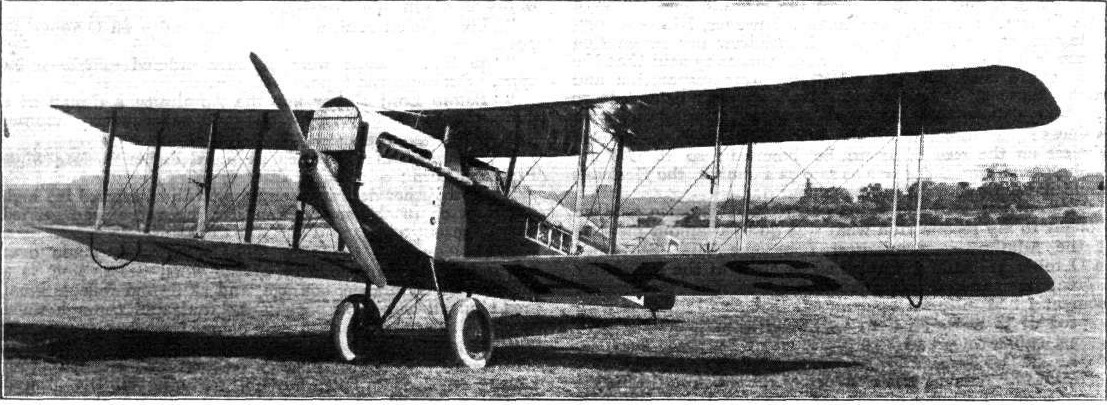
The Sopwith Wallaby made it all the way to Bali, just a day from Australia, before crashing out. Photos courtesy Flight Global archive.
The fully-enclosed Alliance P.2 Endeavour left Hounslow a day after the Vickers Vimy and was considered a major contender, but within minutes tragedy struck. Spiralling out of control, the aircraft crashed into an apple orchard, killing both the pilot Roger “Dodger” Douglas and his navigator Leslie Ross.
Start: 13 November 1919
Finish: 13 November 1919 in Surbiton, UK
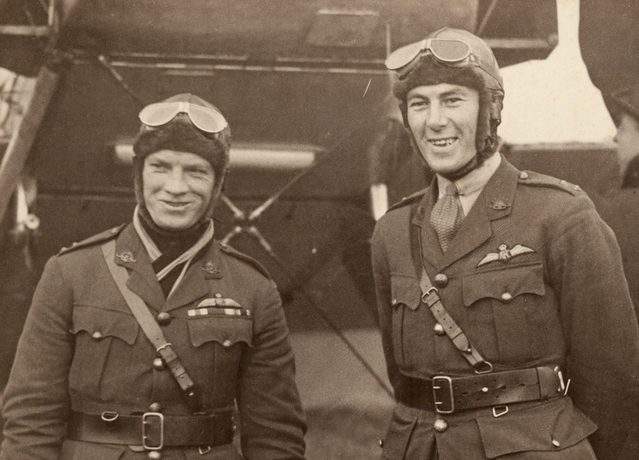
Roger Douglas and Leslie Ross ahead of their departure from Hounslow on 13 November 1919. Photo courtesy the Australian War Memorial [P16232.005]
WWI official Australian war photographer, South Australian-born Hubert Wilkins, led the Blackburn Kangaroo crew who made it as far as Crete before crashing into a ditch. Mishaps plagued the flight to such an extent there was talk of sabotage. Wilkins went on to become Sir Hubert, one of Australia’s most celebrated explorers. The other crew members were Valdemar Rendle, David (Reg) Potts and Garnsey Potts. You can read more about Hubert Wilkins, including the Blackburn Kangaroo’s flight, in The Last Explorer by Simon Nasht.
Start: 21 November 1919
Finish: 8 December 1919 in Suda Bay, Crete
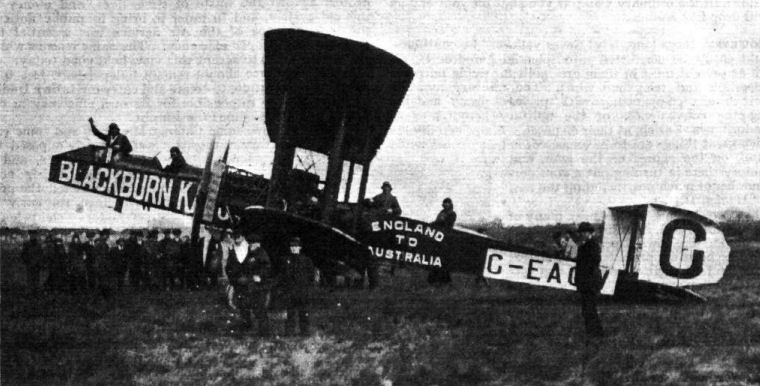
The Blackburn Kangaroo suffered so many setbacks that sabotage was suspected. Photo courtesy Flight Global archive.
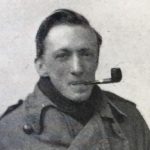 Adelaide-born Cedric Howell, right, won three gallantry awards and was credited with destroying 19 enemy aircraft during the war, but his luck ran out in the Air Race. He and mechanic George Fraser both perished when their Martinsyde A1 crashed into stormy seas off the island of Corfu.
Adelaide-born Cedric Howell, right, won three gallantry awards and was credited with destroying 19 enemy aircraft during the war, but his luck ran out in the Air Race. He and mechanic George Fraser both perished when their Martinsyde A1 crashed into stormy seas off the island of Corfu.
Start: 4 December 1919
Finish: 9 December 1919, St George’s Bay, Corfu
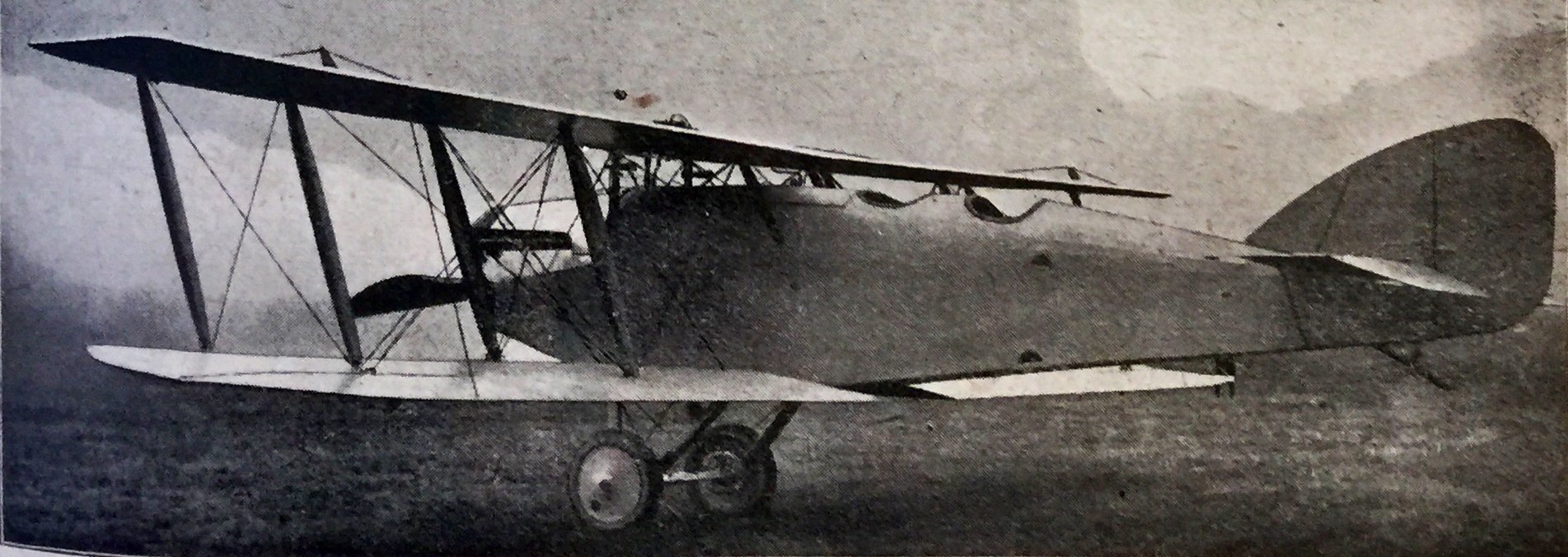
When Cedric Howell’s Martinsyde aircraft crashed into stormy seas off the island of Corfu, his new wife was not far away on a ship bound for Australia. No-one had the heart to tell her he’d died until she docked in Adelaide. Photos courtesy of the Flight Global archive.
Air race officials tried to talk Ray Parer and his co-pilot John McIntosh from departing Hounslow, but they took off anyway despite the Vickers Vimy having landed in Darwin almost a month earlier. Their flight was so plagued with incidents and crash landings that Parer earned the nickname “Battling Ray Parer” (and sometimes “The Re-pairer”). But they did finally make it home, becoming only the second air race crew to land in Darwin. The Airco DH9, bought from a war salvage yard in the UK, became the first single-engine aircraft to fly from London to Australia. It remains on display today at the Australian War Memorial in Canberra.
Start: 8 January 1920
Finish: 2 August 1920 in Darwin
Frenchman Etienne Poulet was ineligible to claim the £10,000 prize, but he was more than capable of stealing the glory by reaching Australia first. He and his mechanic Jean Benoist left Paris on 14 October (nearly a month before the Smith crew left Hounslow) and made it all the way to Burma in his tiny Caudron G4 before the Vickers Vimy overtook him.
Start: 14 October 1919 in Paris
Finish: 8 December 1919 in Burma (today’s Myanmar)
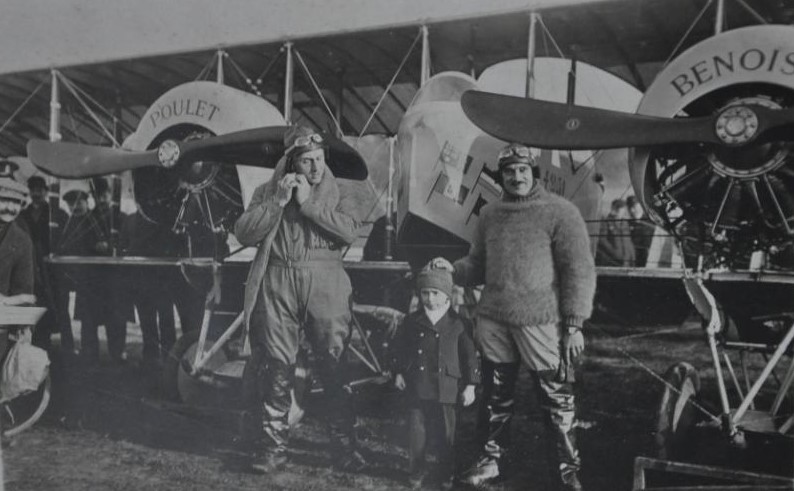
French pilot Etienne Poulet, left, and his mechanic Jean Benoist prepare to depart Paris in 1919. Image courtesy of the Caudron Museum, France.
For a comprehensive list of further reading materials on the Great Air Race and competing crews, visit our Recommended Reading page.